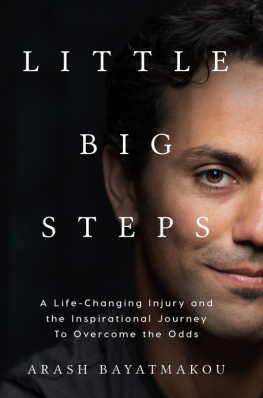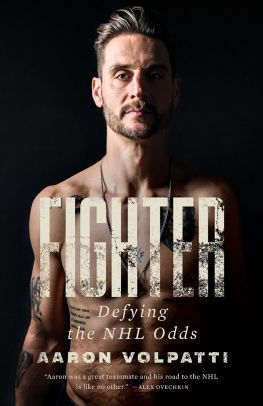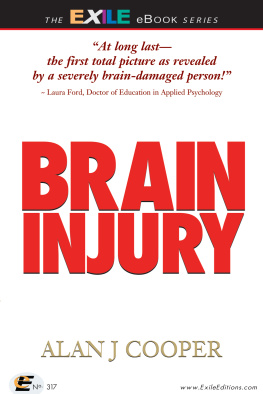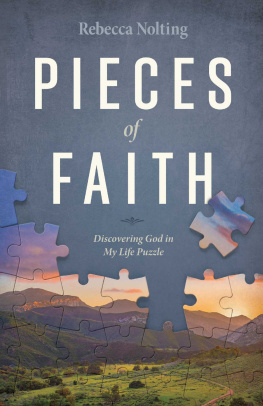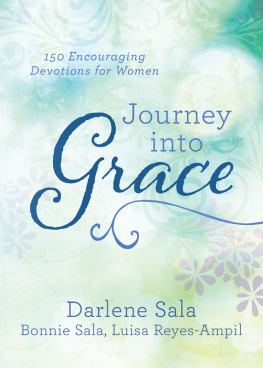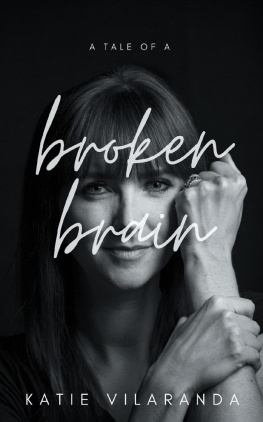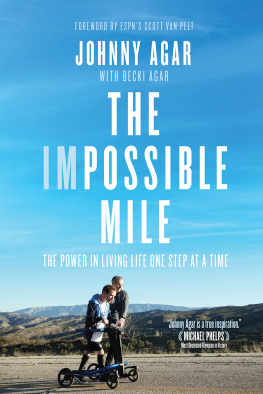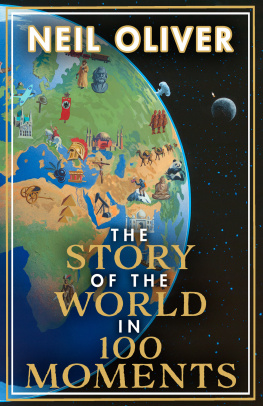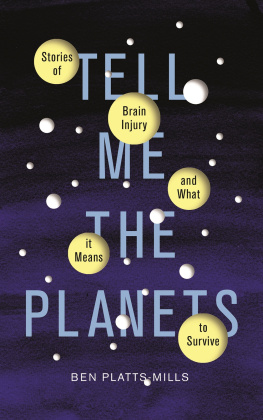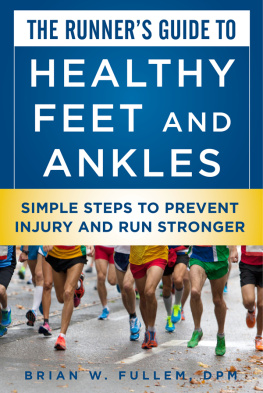Copyright 2017 Arash Bayatmakou
All rights reserved. This book or partsthereof may not be reproduced in any form, stored in any retrievalsystem, or transmitted in any form by any meanselectronic,mechanical, photocopy, recording, or otherwisewithout priorwritten permission of the publisher, except as provided by UnitedStates of America copyright law. For permission requests, contactthe publisher at:
Arashbayatmakou@gmail.com
This ebook is licensed for your personalenjoyment only. This ebook may not be re-sold or given away toother people. If you would like to share this book with anotherperson, please purchase an additional copy for each recipient. Ifyoure reading this book and did not purchase it, or it was notpurchased for your use only, then please return to your favoriteebook retailer and purchase your own copy. Thank you for respectingthe hard work of this author.
This book is available in print at mostonline retailers.
Distributed by Smashwords.
ISBN 978-0-69294-776-0
http://www.arashrecovery.com
LITTLE BIG STEPS
A LifeChanging Injury andthe Inspirational Journey to Overcome the Odds
by ArashBayatmakou
Contents
Acknowledgments
I can confidently say that all of my friendsand family in some way, shape, or form helped to make this happen,and I send my gratitude to each and every one of you in myincredible community across the globe. Your friendships and lovehave supported me through the highest highs and lowest lows, andIm forever grateful to all of you. I want to highlight a fewpeople who specifically helped in the actual process of writing andpublishing my book and empowered me to complete this creativejourney.
First and foremost, I thank my wife Britawho has stuck with me from the beginning, endured every horror ofthis injury and recovery with me, and has never for one secondflinched in her support and commitment to me. You listened to mebrainstorm each chapter, read and revised and helped me rememberimportant details, and always had faith in me to pursue thisendeavor.
From the bottom of my heart, I thank myparents Minoo and Shahin, from whom I have learned valuable lessonsthroughout my life and continue to learn from every single day. Imhonored to know Ive inherited your strength, love, passion, anddedication to life, all qualities that were essential to thepublication of this book.
I want to thank my editor Jude Berman whopatiently worked with me through every step of this process andenabled me to transform, elevate, and improve my writingdramatically from when I started this project. Every time I thoughta chapter was done, she pushed me further and encouraged me to goback in, revise again, and make it even better.
Im grateful for all the readers of my blogover the last five years. The idea of writing this book wasinitiated by your comments and feedback to my posts. If I hadntknown that my perspectives and stories were interesting andimpactful to you, I would have not have taken on the monumentaltask of writing this memoir. Consider yourselves my first drafteditors and reviewers.
I owe a special thanks to David Nihill whoapart from being an incredibly supportive friend, has basicallyacted as my book consultant, advisor, and literary agent all inone. Navigating the book writing, publishing, and marketing processis incredibly difficult, but I had a secret weapon in David who hadnumerous conversations with me, offered endless amounts of advice,and on whom I could always count for honest and helpfulinsight.
Thank you.
Introduction
I didnt want to write this book. I reallydidnt.
I never expected to have my entire lifeturned upside down, experience a devastating injury, or abandon abody that had always been great to me. Although the early years ofmy childhood were filled with unpredictability and consistentchange, the first three decades of my life were pretty incredible.I always had a supportive and loving family who gave me everyopportunity to succeed.
I was born in Iran, but left as an infantwhen my parents decided to escape a difficult political climate andseek a better life elsewhere. This resulted in a six-year journeyacross the planet, taking me to four different countries and adozen different housing situations. I learned three languages as achild. By the time we moved to California, I was seven-years-oldand no stranger to new experiences and big life changes. Adaptingto new countries, cities, languages, communities, schools, andfriends had become just another part of my childhood, and I assumedit would prepare me to encounter practically any significant lifechange in the future.
My parents instilled a love of nature andthe outdoors in me from a young age. Camping in Yosemite and theSierras of California, swimming in Lake Tahoe, and going on Sundaybike rides with my father were unforgettable experiences thatshaped my pursuits as an adult. This love of naturecombined withme attempting to play every sport under the suncreated a deep lovefor athletics and physical activity. It also cultivated in me aprofound respect for the incredible opportunities good health couldafford. As such, I maintained a commitment to remain physicallyactive throughout my life. Travelling the world, enjoying nature,achieving athletic accomplishments, and living a healthy life wereall made possible by a consistent appreciation for my bodysabilities.
And then, in one instant it allchanged.
Yes, it sounds clich, but theres no otherway to describe it. What started out as an ordinary summer Saturdayturned into an infamous night I will never forget, and whose impactI will never escape.
I didnt know a thing about spinal cordinjury before I woke up immobile in the hospital and was told I wasvery lucky to be alive. The doctors showed me X-rays of my brokenspine, and of the vertebrae in my neck, which had exploded intotiny pieces. They explained that due to the severe impact to myspinal cord, the damage was irreversible. My life would never bethe same. They said I had lost many functions in my body that Iwould never regain; that the finality of the injury was inevitableand unchangeable. And they told me that the best thing I could dowas to accept and adapt to my new reality as quickly andwholeheartedly as possible. The body I had known, enjoyed,worshipped, and taken great care of, was nowliterally andfigurativelybroken.
One of the most devastating aspects of aspinal cord injury is the unpredictability of the persons abilityto recover. Truly, no two injuries are the same. Ive met dozens ofpeople who broke the same vertebrae in their neck as I did, andthey all have their own unique physical limitations and wildlyvarying levels of function, or lack thereof. The unifying theme Inoticed for all these people is the negativity and pessimism theyencountered with medical staff, especially in the prognosis andinitial stages of their recovery. Neither the quality of care, northe specific insurance provider, nor the geographic location of theinjury and ensuing care seems to matter when it comes to themedical establishments approach to spinal cord injuryrecovery.
The common attitude amongmost surgeons, doctors, and neurological experts is that once thespinal cord has been injured, the damage is done and theexpectations for healing are slim to none. Moreover, theprevalentif not ubiquitousthinking is that whateverhealing might occur will conclude within six months or a year; two years ifyoure lucky. Therefore, those of us who suffer a spinal cordinjury find ourselves faced with a ticking time clock that onlymakes recovery more challenging and anxiety producing.
I always assumed thatliving in a wealthy country, with leading research institutions andaccess to medical innovations and technological breakthroughs,would ensure a nuanced and sophisticated approach to any medicalcondition or injury. It was a rude awakening to be told by medicalpersonnel with great conviction and certainty what my body would beableand more significantly, unable to do in the future. The timeframe I was given for my recovery seemed surprisingly arbitrary,and I began to question it. Why would my body stop trying to repairand improve itself after a year? Couldnt other factors, such as myoverall health and my commitment to improve influence the projectedpotential for recovery? What about alternative approaches ortreatments? Why did there have to be a prognosis at all; whycouldnt doctors embrace the inherent ambiguity of the situationand simply admit they did not know?
Next page
